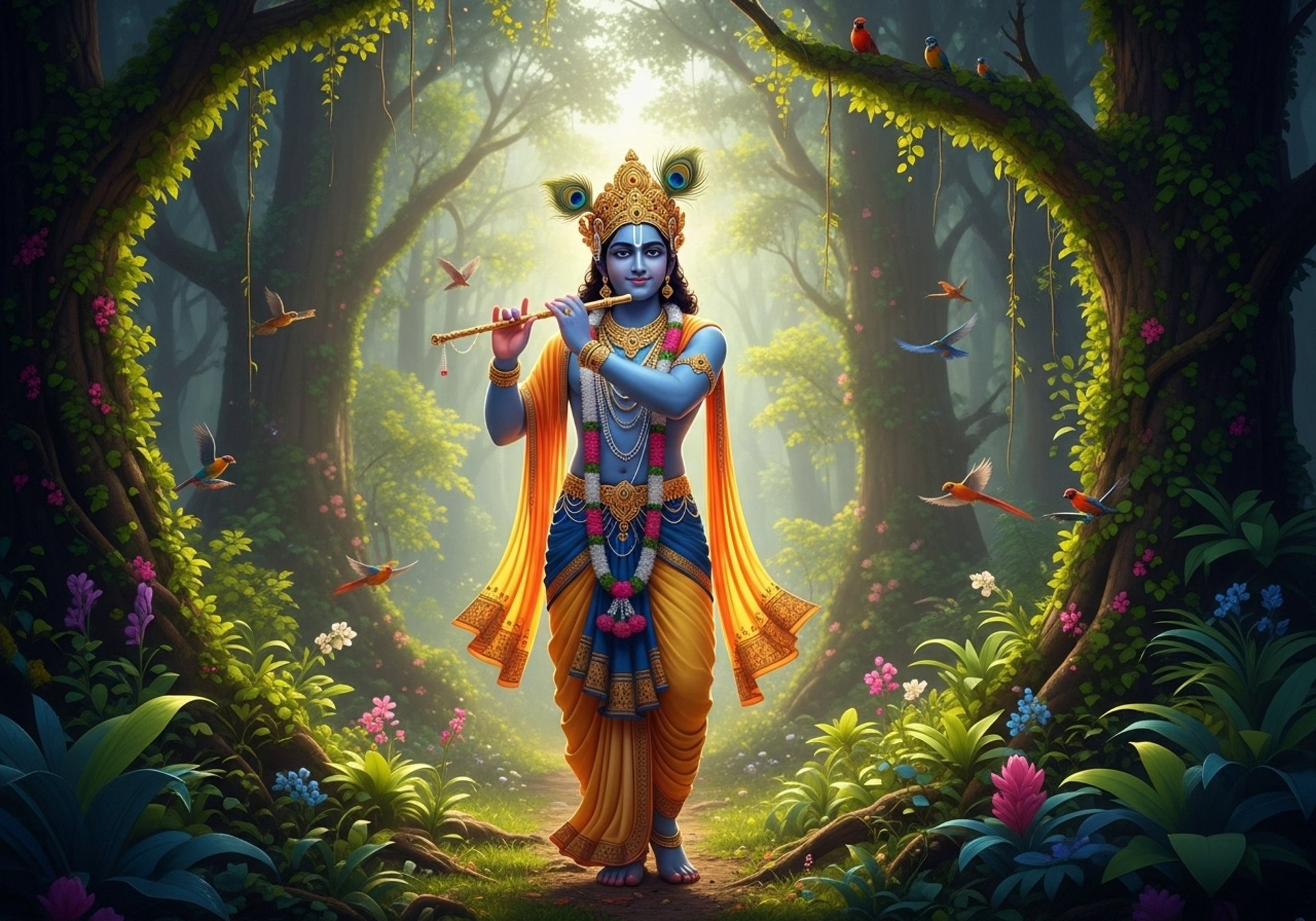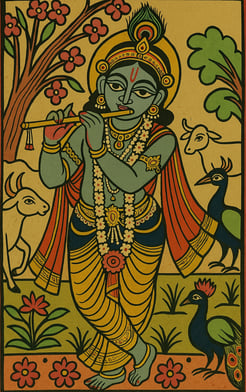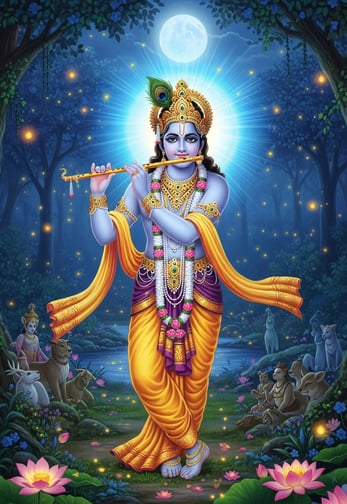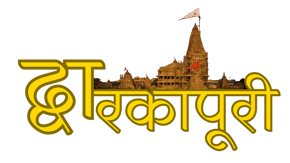
Ancient Dwarka: The Historical Capital of Krishna, Mythology & Archaeological Discoveries
In ancient scriptures, Dwarka is described as the grand and magnificent capital of Lord Shri Krishna. In Hindu religious texts, Dwarka is also referred to as "Dwaravati" and is considered one of the Sapta Puri — the seven sacred cities believed to grant liberation (moksha). It is said that when Krishna left the Earth, the age of Kali Yuga began, and Dwarka submerged into the sea. Dwarka has always held immense spiritual and cultural importance for sages and devotees alike.


Mythological and Epic References to Dwarka
Dwarka is mentioned in several ancient texts including the Mahabharata, Harivamsa, Bhagavata Purana, Vishnu Purana, and Skanda Purana. Some key highlights include:
In the Mahabharata, Dwarka is described as the capital of a region known as Anarta. After leaving Mathura, Lord Krishna led the Yadava clan to a safer location by the sea and established a new city — Dwarka.
The Bhagavata Purana paints Dwarka as a lavish city where Lord Krishna resided with his family. The city was adorned with grand palaces, lakes, gardens, and temples.
The Vishnu Purana and Skanda Purana consider Dwarka as one of the Sapta Puri — the seven most sacred pilgrimage cities. It is believed that devotion and residence in Dwarka lead to spiritual liberation.
In the Harivamsa, it is said that Lord Vishwakarma, at Krishna's request, reclaimed land from the sea and built the divine city of Dwarka. The city was fortified and designed to withstand attacks.


